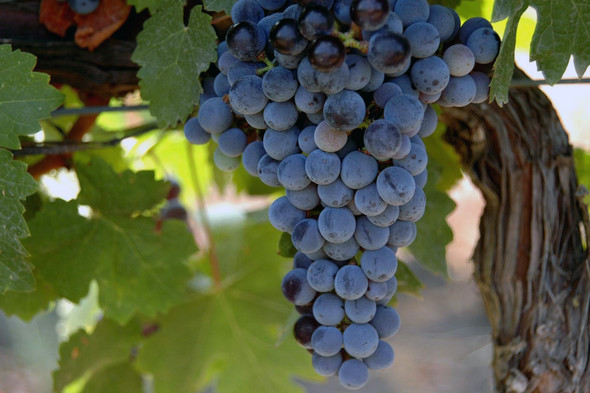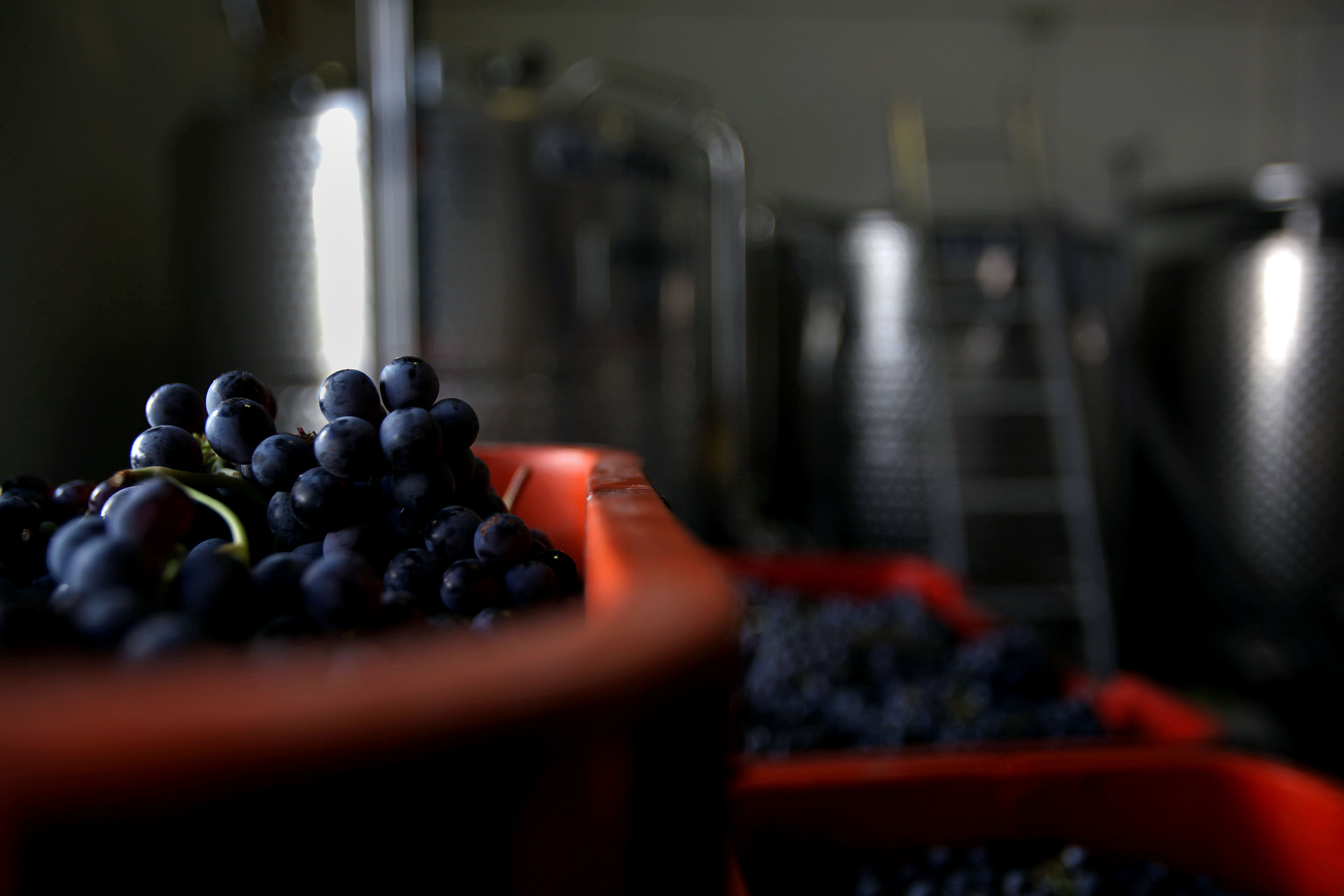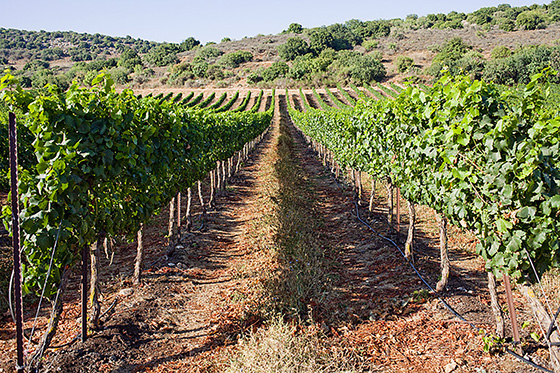You are new here? For the 1st part of this article click here.
Classic red Bordeaux grape varieties abound in Israel’s vineyards, which incidentally can only be rented from the state. Binyamina’s sophisticated flagship red is The Cave – which originates from volcanic-red limestone soils from the 800-metre high Kerem Ben Zimra vineyard in the Upper Galilee and is aged in a cave built by the Ottomans who used to store goods in it – was a blend of Cabernet Sauvignon, Merlot and Petit Verdot in 2011 and a straight Cab in 2010. Nevertheless, it was Cabernet Franc that was responsible for some of the best reds I encountered during my visit. A lot of reds were in fact overripe, jammy and alcoholic, which is hardly surprising given the extreme Mediterranean climate. Psagot Winery’s Oryah explained that winemakers face a dilemma of whether to pick early when the grapes are not yet phenologically ripe but while the potential alcohol is reasonably restrained, or wait until phenolic ripeness is reached and alcohol levels hit the roof. He mentioned that Cabernet Franc is a grape that can suit a bit of under-ripeness, which brings that pleasant leafy character into play. It can also handle the strong sun well.
Rami Na´aman owner/winemaker of the Na’aman Winery, a boutique operation from the Upper Galilee that produces 10,000 bottles a year, claims Cabernet Franc originally comes from Israel and he was the first to replant it (by his own hands) in the Upper Galilee. It was however a wine from the even less planted Bordeaux grape that seriously impressed from here: Petit Verdot. Na’aman does not add acidity, and is a member of the Netto Wine initiative, which promotes natural winemaking in Israel. Na´aman also makes blends named after some of his favourite heavy rock and prog rock groups, such as Deep Purple and King Crimson, which also serves to describe the colour of the wines. Speaking of deep purple wines, the odd Malbec also shows up in Israel, such as an impressive and muscular specimen from the 1848 Winery.
There are also exciting spicy wines made from Mediterranean varieties such as Grenache, Syrah, Mourvèdre, Cinsault and even Counoise coming through now that winemakers have realised that these grapes are ideal for the Israeli climate. This makes total sense and one has to ask why Israeli vintners hadn’t worked this out earlier. SeaHorse is having particular success with such varieties, producing spicy wines that are fruity, complex and anything but cooked. SeaHorse’s wines are made by the charismatic Ze’ev Dunie, a former independent filmmaker who fell for wine when making a film about it. SeaHorse also makes a Chenin Blanc which is both aromatic and rich. It even has a Zinfandel, named Lennon – Dunie is a huge fan of the former Beatle.
Make a note of Marawi
The story of the modern Israeli wine industry so far may be one of international grape varieties but an exciting initiative is underway to identify, rediscover and replant the ancient varieties used to make wine before what is often described as the ‘Muslim occupation’. Dr Shivi Drori is the man behind the research that has led to the revival of the Marawi grape, used for a single varietal wine by the Recanati winery. A survey of the whole country’s grape growing areas, from the Lebanese border to the Egyptian border, revealed 500 different grape varieties, and he and his team genetically analysed them all. They were compared with the remains of pips collected from ancient pressing sites, and the DNA of some has matched up to those remains.
Four varieties have so far been identified as indigenous and unique varieties of vitis vinifera. Marawi was found being grown as a table grape by a Palestinian grower in Hebron near Bethlehem, dry-farmed on ‘Hebron’ pergola-trained vines at 900 metres above sea level. It was vinified by Recanati in the 2014 vintage. Israel could do with such ancient grapes and should take every effort to develop them.
The Kosher conundrum
When it comes to Israeli wine, it’s hard to avoid the k-word: kosher and the whole notion of kosher stops these wines breaking out to a wider audience. Broadly speaking, there should be no difference in wine quality compared to conventionally-made wines. Nevertheless, many assume that kosher wine is made in a way that leads to lower quality through such practices as boiling the wine, yet in reality hardly anyone does that these days for premium wines. Essentially, what kosher winemaking – of which there are up to seven variants – does mean is that an Orthodox Jew who’s skilled in winemaking has to be on hand to handle the wine from the point that the grapes become juice. They have to be responsible for any winery work that involves contact with the wine on behalf of non-Orthodox winemakers (and there are plenty of those), who are not allowed to touch the wines or the vessels they are made in.
For Orthodox Jews the Sabbath is sacred, which begs the question of what happens when urgent winemaking interventions need to be made on the Sabbath. Much high-tech winemaking is practiced to compensate, according to Tel Aviv-based sommelier Mor Bernstein.
While anyone is allowed to walk around the wineries where kosher wines are made, you are warned to not to touch anything and watched like a hawk. The contrast between secular liberalism and religious traditionalism is as stark in Israeli winemaking as it in the rest of the society.








